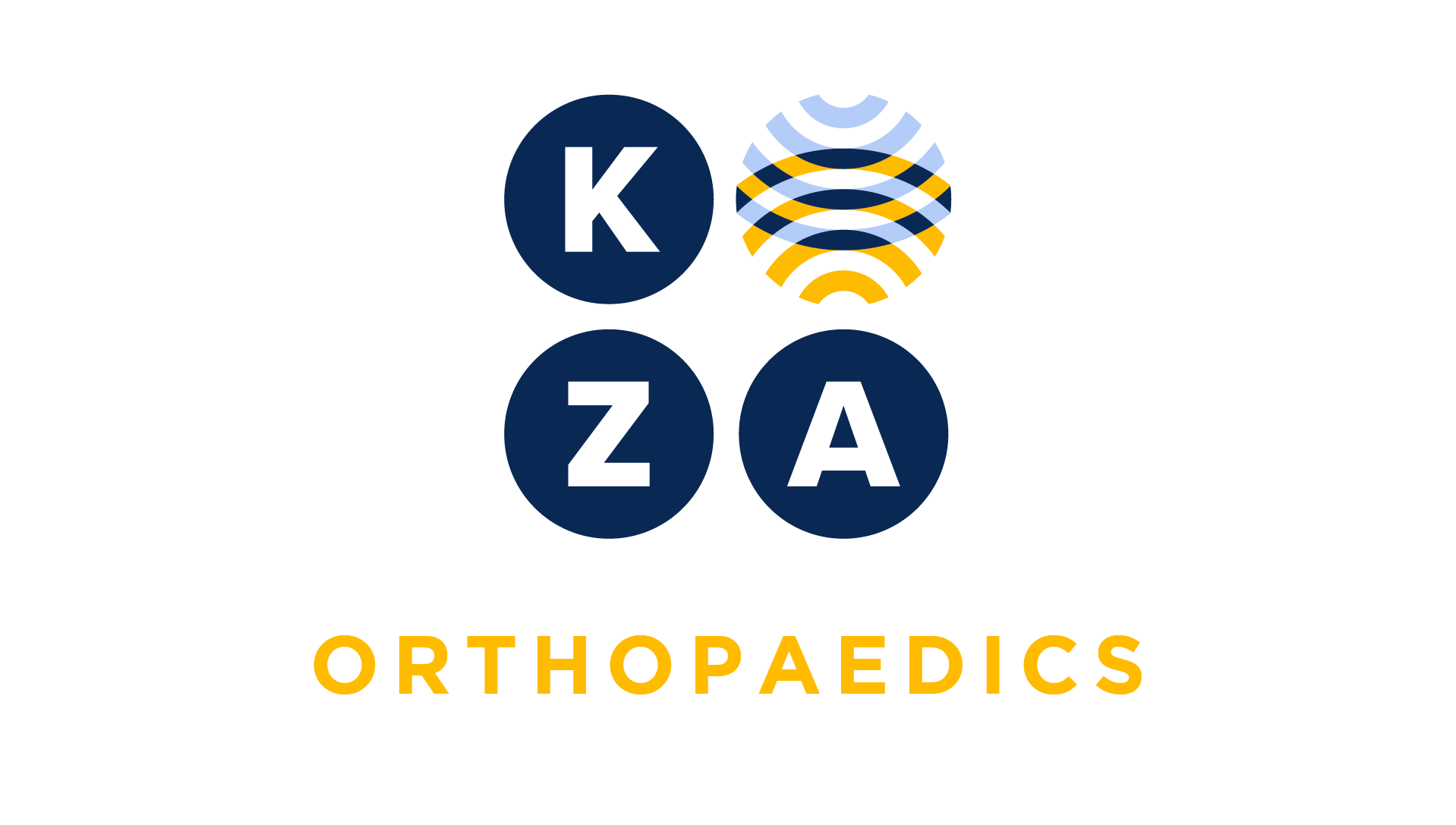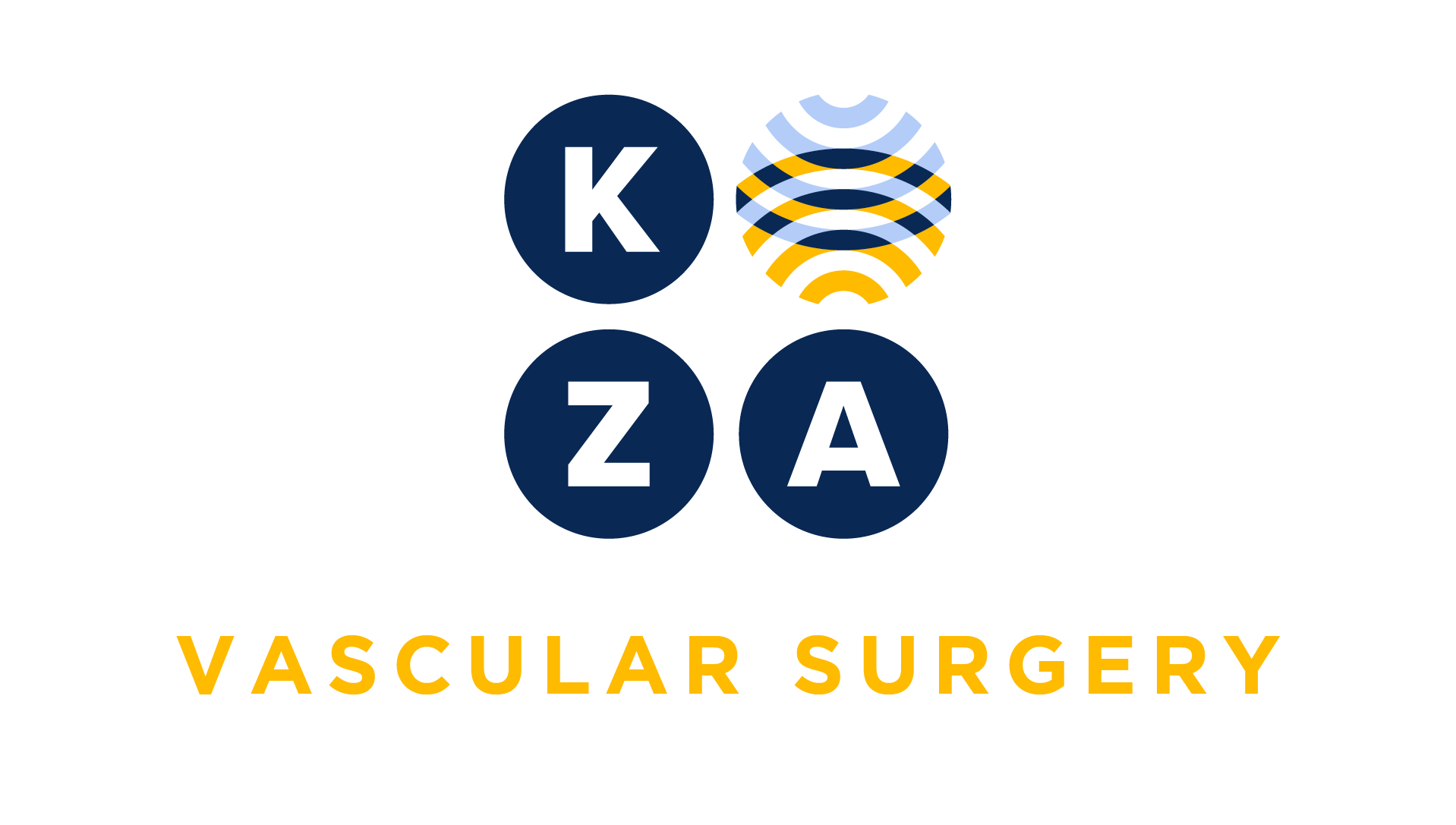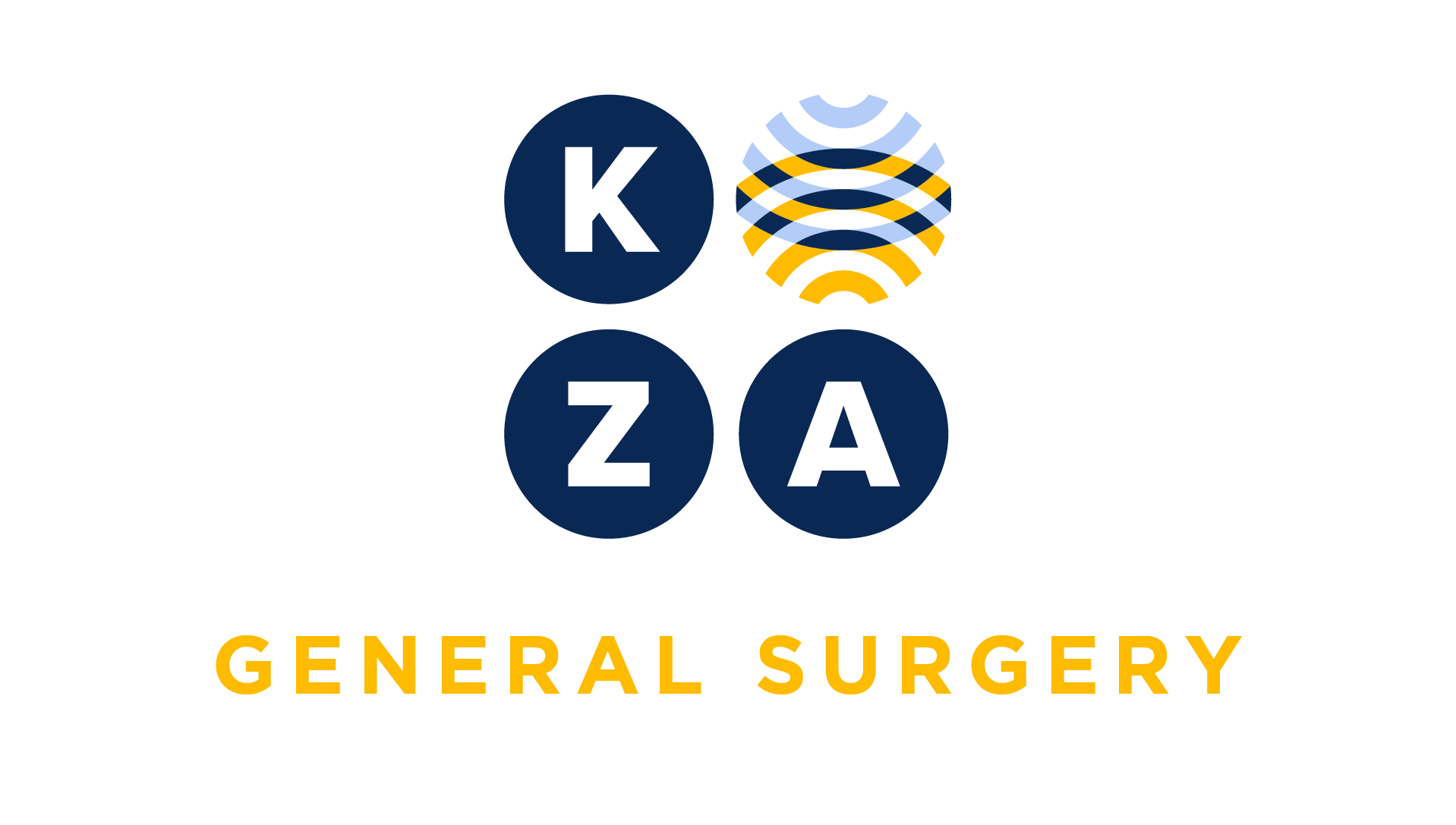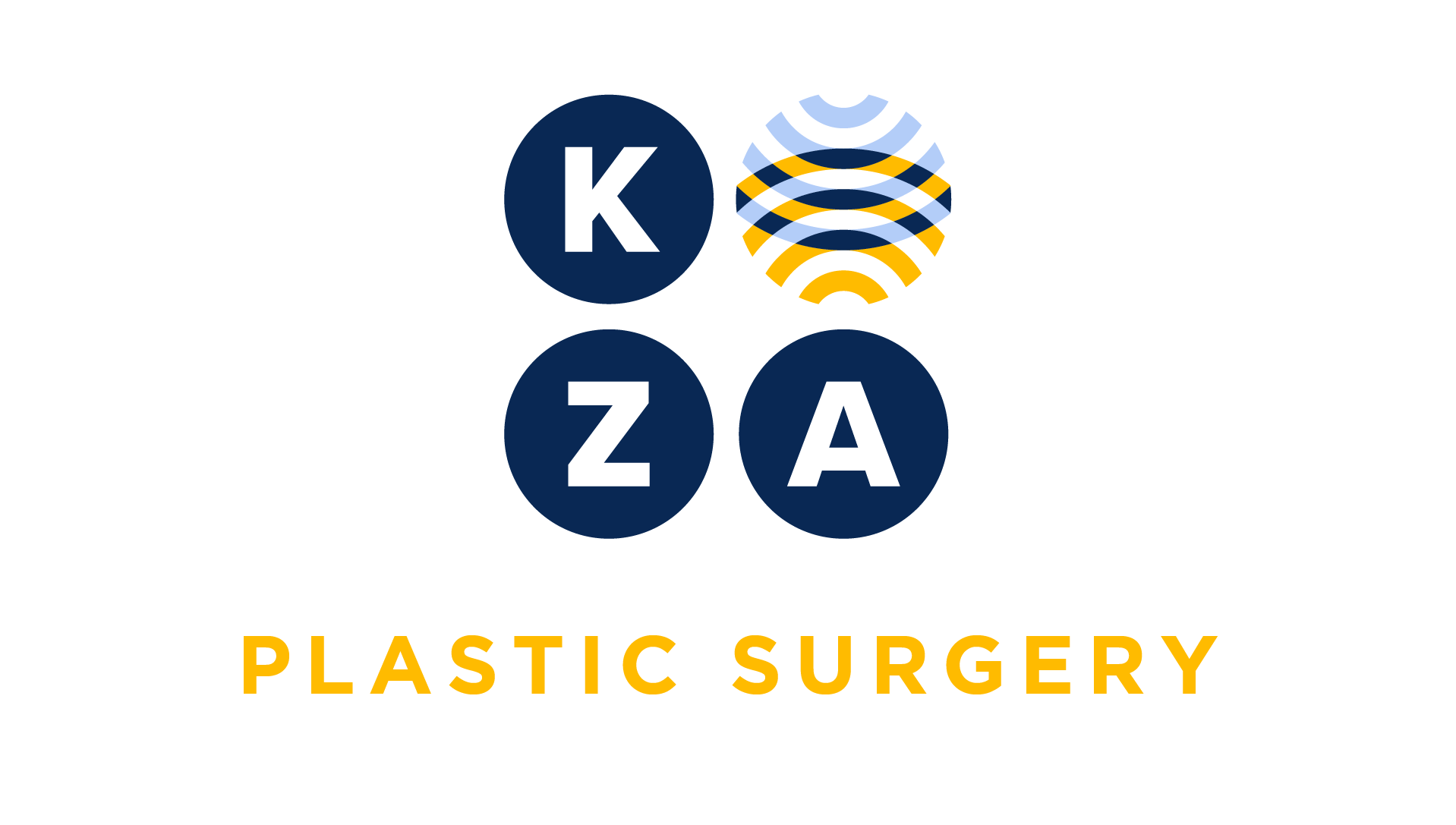
Choose your specialty from the list below to see how our experts have tackled a wide range of client questions.
Looking for something specific? Utilize our search feature by typing in a key word!
Postoperative Spinal Wound Infection
Our surgeon performed a thoracolumbar spinal procedure two weeks ago. The patient developed a wound infection requiring surgical intervention. The surgeon’s note indicates that subfascial irrigation and debridement was performed from T10 through L5. In reviewing the CPT manual, I see codes for the cervical/thoracic and the lumbar/sacral regions. Should both codes 22010 and 22015 be reported for this return to the operating room during the global period since the surgeon did work in both the thoracic and lumbar regions?
Question:
Our surgeon performed a thoracolumbar spinal procedure two weeks ago. The patient developed a wound infection requiring surgical intervention. The surgeon’s note indicates that subfascial irrigation and debridement was performed from T10 through L5. In reviewing the CPT manual, I see codes for the cervical/thoracic and the lumbar/sacral regions. Should both codes 22010 and 22015 be reported for this return to the operating room during the global period since the surgeon did work in both the thoracic and lumbar regions?
Answer:
CPT codes 22010 and 22015 may not be reported together during the same operative session. Incision and drainage at the thoracolumbar junction would be reported with the code describing the region where the majority of the work is performed.
In this scenario, the majority of work was performed in the lumbar spine. Thus, CPT code 22015 (Incision and drainage, open, of deep abscess [subfascial], posterior spine; lumbar, sacral, or lumbosacral) should be reported.
Append Modifier 78, indicating a return to the operating room for a related procedure to indicate this was an unplanned return during the global period of the original procedure.
Telehealth Licensure Requirements
We live in a northern state and frequently have patients who travel to warmer clients during the winter. Are you able to directly me to information on state licensure requirements for Telehealth services?
Question:
We live in a northern state and frequently have patients who travel to warmer clients during the winter. Are you able to directly me to information on state licensure requirements for Telehealth services?
Answer:
Yes, you will now find this list on the KZA Telehealth Solution sitehttps://karenzupko.com/KZA-telehealth-solution-center. Look for the tab that says, “Licensure Requirements –New”.
*This response is based on the best information available as of 01/27/22.
Coding Right and Left Carotid Stents at Different Operative Sessions
The physician staged a patient’s bilateral carotid stent with embolic protection procedures. The right carotid stent was done first and then the 6 weeks later the left side was done. What is the correct modifier on the second carotid stent?
Question:
The physician staged a patient’s bilateral carotid stent with embolic protection procedures. The right carotid stent was done first and then the 6 weeks later the left side was done. What is the correct modifier on the second carotid stent?
Answer:
The second carotid stent, although staged clinically, is an unrelated procedure performed during the global period. Append a modifier 79 to code 37215 to indicate this unrelated procedure. Even though these are the same procedure reported with the same CPT code, they are performed at different anatomic locations and therefore are unrelated.
Coding a Diverting Ileostomy with a Low Anterior Resection/Low Pelvic Anastomosis Partial Colectomy
Instead of a colostomy as described in the laparoscopic CPT codes 44208 or the open code, 44146, my doctor does a diverting ileostomy. We have been billing the primary codes 44145 or 44207 and adding the ileostomy code, 44187 if laparoscopic or 44310 if open. Is that correct?
Question:
Instead of a colostomy as described in the laparoscopic CPT codes 44208 or the open code, 44146, my doctor does a diverting ileostomy. We have been billing the primary codes 44145 or 44207 and adding the ileostomy code, 44187 if laparoscopic or 44310 if open. Is that correct?
Answer:
Partial colectomy with anastomosis and colostomy (codes 44146, open or 44208, laparoscopic) includes creation of a colostomy (stoma of the large intestine) or ileostomy (stoma of the small intestine). The clinical description of this code, written when the code was developed, describes either external opening, so the codes are valued to include either an ileostomy or colostomy. So the correct coding is 44146 or 44208 when a low anterior resection/low pelvic anastomosis partial colectomy and a diverting ileostomy is performed instead of a colostomy.
For more information on colorectal coding, take a look at the KZA webinarColorectal Surgery Coding and Reimbursement, orcontact usfor more information.
*This response is based on the best information available as of 01/27/22.
Use of an Endoscope
If an endoscope is used to check for residual tumor or ensure an aneurysm is clipped, is there a code for that or should we also bill an unlisted code?
Question:
If an endoscope is used to check for residual tumor or ensure an aneurysm is clipped, is there a code for that or should we also bill an unlisted code?
Answer:
There is no separate coding for this – ensuring that the procedure you’re billing for is adequately performed would not be separately reported.
*This response is based on the best information available as of 01/27/22.
Inpatient E/M Coding
I did an inpatient consultation and coded 99253 (non-Medicare). I did not need to follow the patient so I signed off. They asked me to re-consult a week later. What is the code for a re-consult?
Question:
I did an inpatient consultation and coded 99253 (non-Medicare). I did not need to follow the patient so I signed off. They asked me to re-consult a week later. What is the code for a re-consult?
Answer:
There are no specific E/M codes for an inpatient re-consultation. You’ll use the subsequent hospital care code, 9923x, since it’s the same admission for the patient.
Question:Follow up question: the patient was discharged then admitted a month later and I was consulted again. Is this a subsequent hospital care code?
Answer:
No, since it’s a new admission for the patient, you’ll use the consultation code again (9925x).
Question:Last question: when I see the patient in my office a month later, is it a new patient?
Answer:
No, it’s an established patient (9921x) because you’ve had a face-to-face visit with the patient in the previous 3 years.
Do you have a Coding Question you would like answered in a future Coding Coach?
If you have an urgent coding question, don't hesitate to get in touch with us here.






